
Anime has consistently evolved and made a huge impact worldwide, influencing everything from technology and fashion to gaming and storytelling. These twenty shows and movies were particularly groundbreaking, launching new industries, expanding the anime market beyond Japan, and inspiring creators in various fields like film, television, and video games. Their influence is visible everywhere – from classrooms and fan conventions to everyday pop culture – and they continue to attract new fans today. This is a look at the most important anime that have left a lasting legacy.
‘Astro Boy’ (1963)
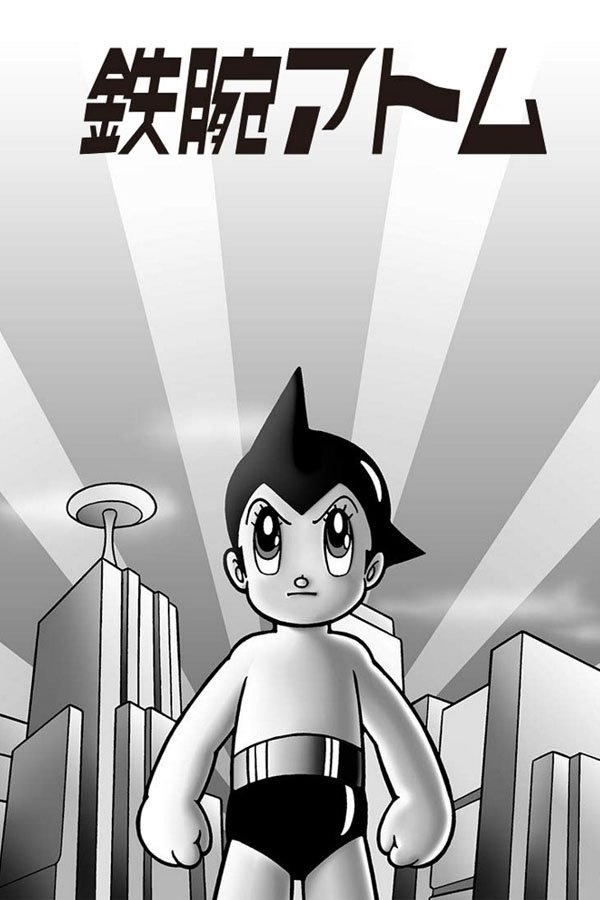
This show pioneered the way weekly TV anime was made and demonstrated that animation could attract a large audience during peak viewing times in Japan. It popularized the large-eyed character style now strongly associated with anime, and its international distribution in the 1960s introduced Japanese animation to viewers in North America and Europe. This initial success paved the way for future anime series to be licensed and broadcast internationally.
‘Mobile Suit Gundam’ (1979–1980)
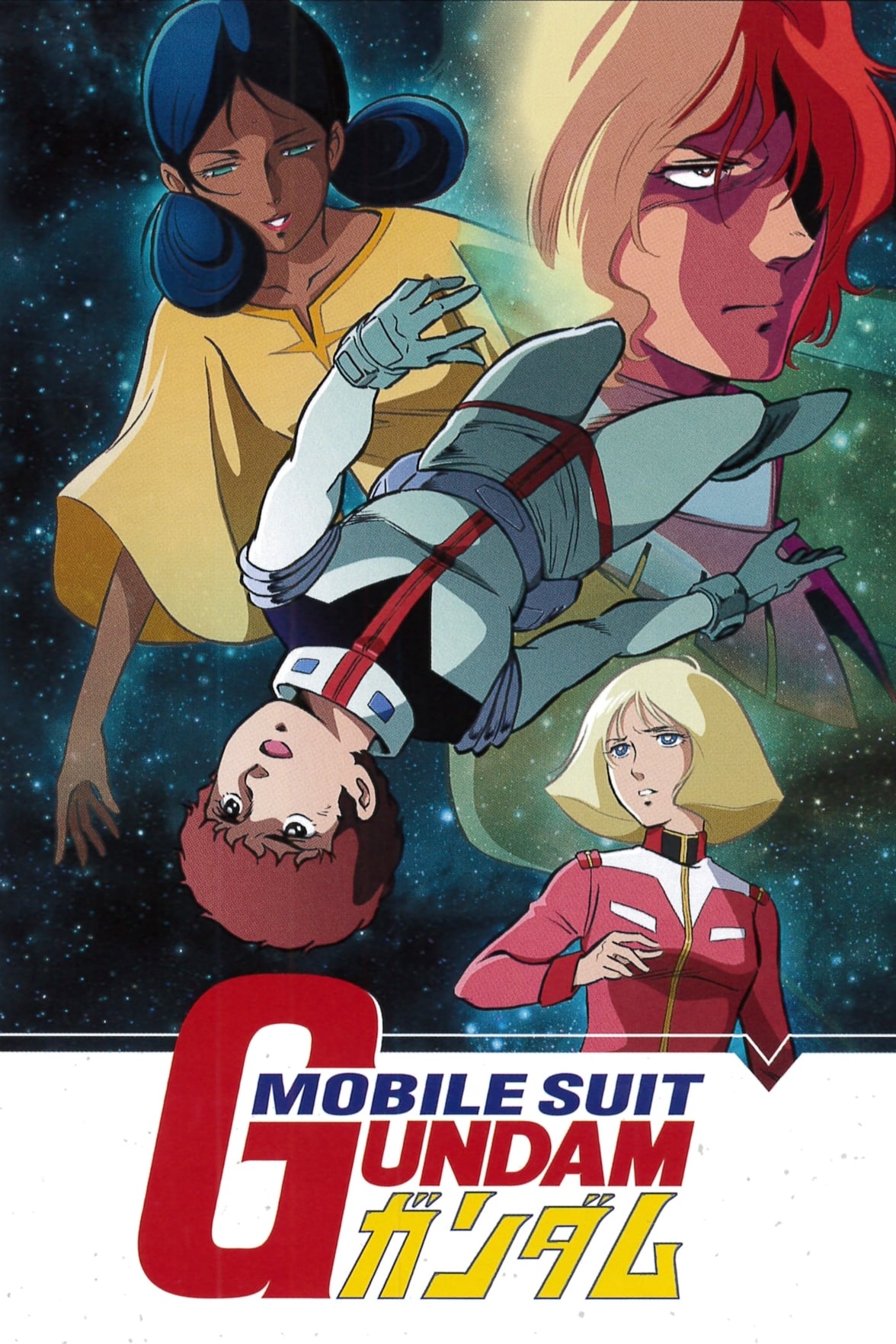
This series changed the way giant robot stories were told, moving away from basic good-versus-evil plots and towards more realistic depictions of war, where robots were treated as powerful machines used in combat. The related model kits became incredibly popular, creating a successful market for both the toys and a model for how to sell related products. Over time, the franchise expanded to include video games, books, and even museums focused on engineering and design. Its realistic take on technology also inspired robotics clubs and university projects in the real world.
‘Doraemon’ (1979–2005)
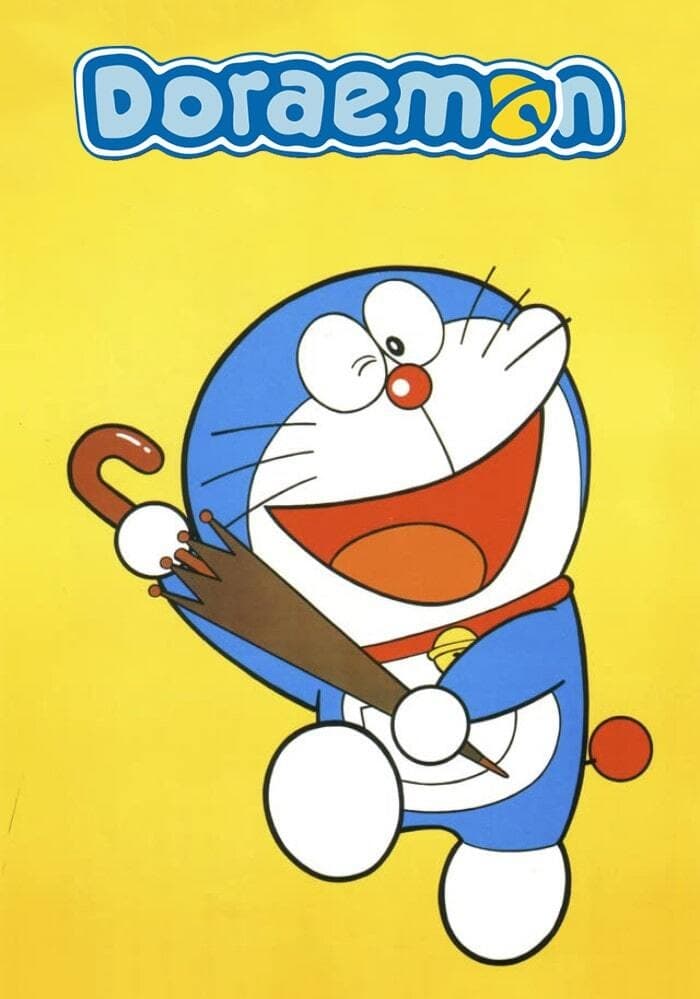
The show’s use of time travel technology made it easy for teachers to explain scientific concepts to kids. Its popularity throughout Asia helped universities and language schools use the anime to teach Japanese. The main character also acted as a cultural representative, boosting tourism and fostering relationships between cities. Plus, the show proved that family-friendly series can keep viewers and advertisers engaged for many years.
‘Akira’ (1988)
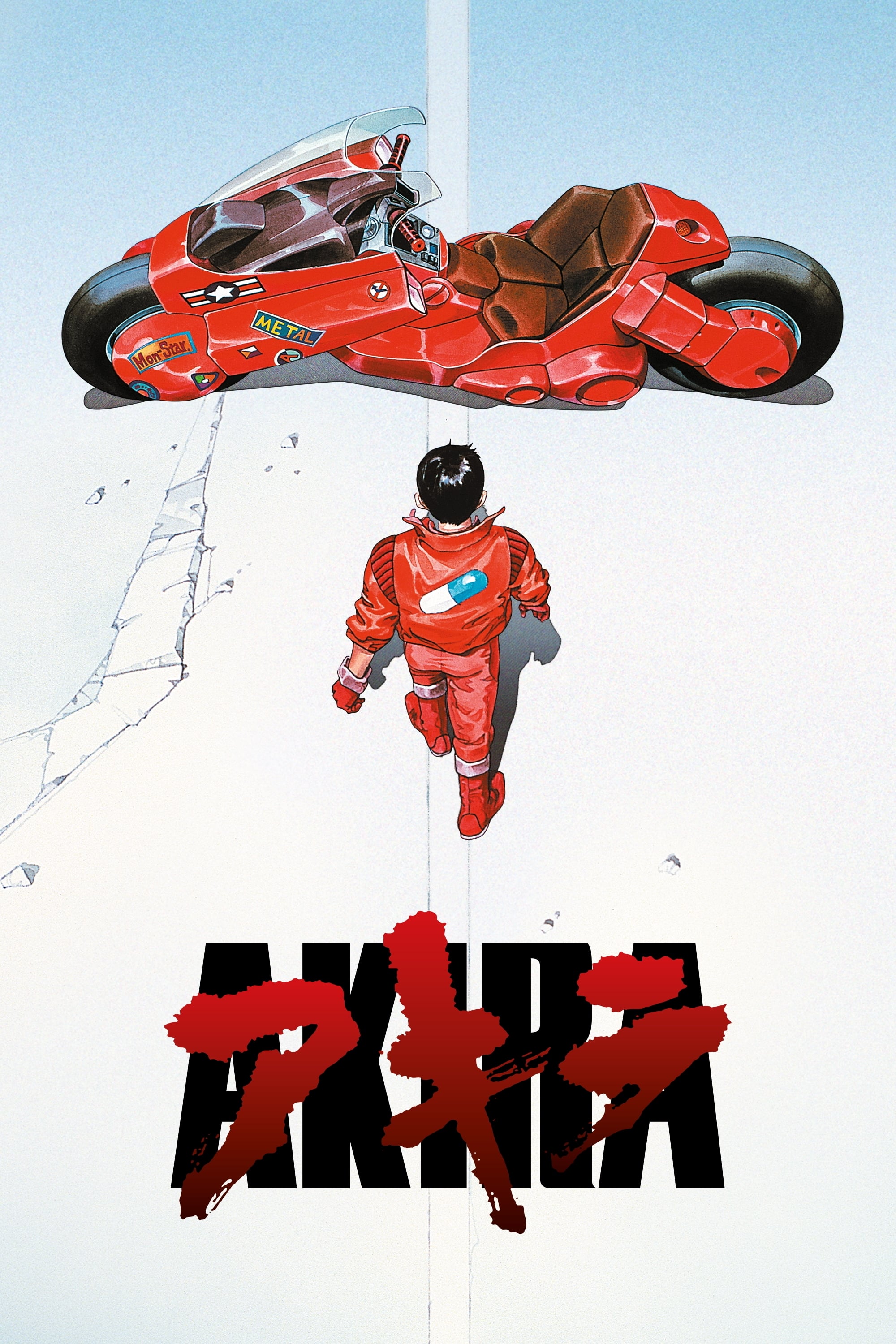
The film’s stunning animation and incredibly detailed city scenes set a new standard for visual quality in animation. Its release helped anime reach a much wider audience beyond its traditional fanbase. The movie’s unique cyberpunk style quickly became popular, inspiring trends in music videos, fashion, and design. Furthermore, it showed Western animation studios how to create more sophisticated stories for adult audiences.
‘Sailor Moon’ (1992–1997)
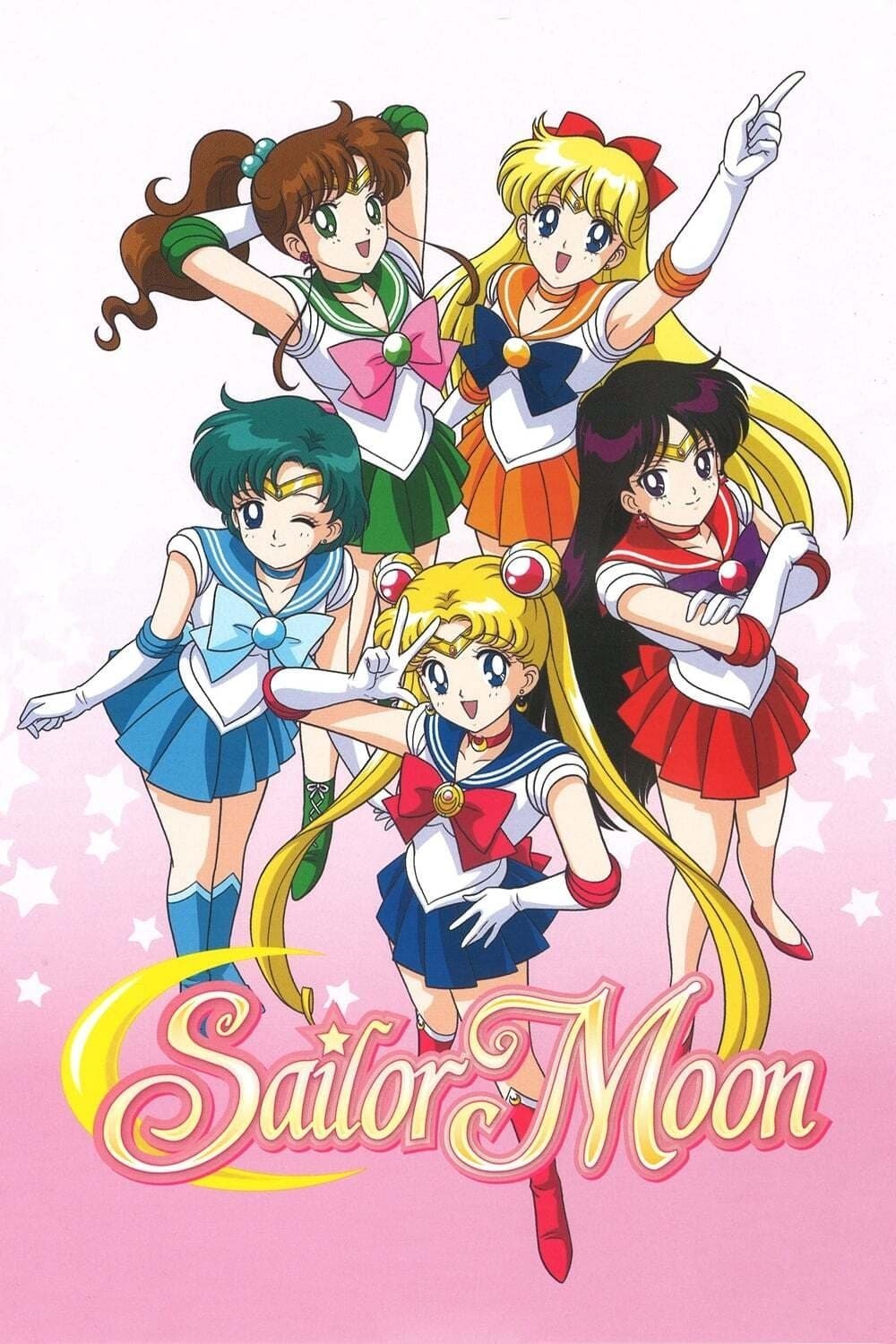
As a huge animation fan, I remember when this series really broke ground. It wasn’t just another magical girl show; it brought that team dynamic to audiences everywhere. What really struck me was how popular the merchandise became – costumes, school supplies, everything! It proved that these characters could become a global phenomenon. Plus, it wasn’t just about the show itself; it created a whole community. I remember fan clubs popping up, and even school groups using phrases and ideas from the show to connect with each other. And on a practical level, it helped TV stations experiment with showing anime earlier in the day, paving the way for more shows like it.
‘Dragon Ball Z’ (1989–1996)

Repeated broadcasts of the show sparked a huge surge in anime’s popularity with kids after school in many different countries. Its exciting tournament storylines and focus on character strength became standard features in fighting games and how people commentate on esports. Successful sales of related merchandise like trading cards, toys, and clothing demonstrated how long-running action anime could expand into many different forms of entertainment. This also encouraged television channels to start dedicating specific time slots to anime programming.
‘Neon Genesis Evangelion’ (1995–1996)
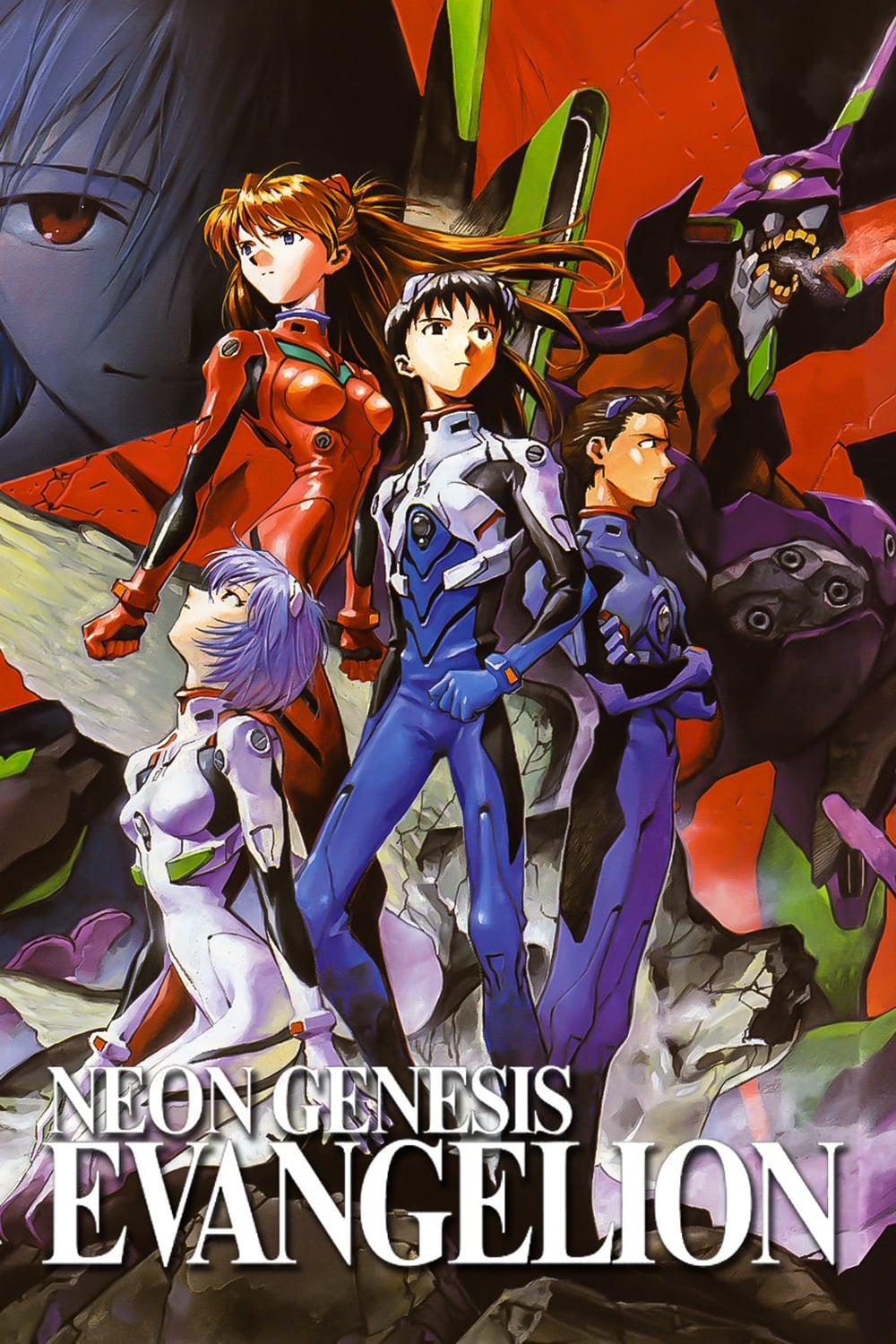
This show combined exciting robot battles with thought-provoking explorations of the human mind and religious themes, making it a popular subject for film and media scholars. Its DVD and Blu-ray releases proved that director’s cuts and special editions could be very successful commercially. The inclusion of design sketches and production details gave fans a unique look behind the scenes. Later films in the series demonstrated how established franchises could be successfully updated for both cinemas and streaming services.
‘Ghost in the Shell’ (1995)

This film’s believable technology and depiction of a connected world had a big impact on how science fiction movies were written around the globe. Its unique combination of traditional animation and digital effects became a standard technique for future filmmakers. The film’s scenes were even used in college classes to spark conversations about what it means to be human and the potential of artificial intelligence. The movie’s popularity also led to a surge in translated cyberpunk comics.
‘Princess Mononoke’ (1997)

I was completely captivated by this film – it really opened my eyes to environmental issues in a way I hadn’t seen before in mainstream movies, cleverly using both traditional stories and the realities of modern industry. It wasn’t just the story, though; it felt like a turning point. Suddenly, art house cinemas were showing animated films with subtitles to bigger and bigger crowds, and people were responding! What really struck me was the incredible artistry – the filmmakers chose to use hand-painted backgrounds, proving that even in a world of CGI, there’s still so much value in traditional techniques. And honestly, it paved the way for so many other anime films to get wider releases in the West. It was a truly special release.
‘Pokémon’ (1997–present)

The series expanded into a whole universe with video games, trading cards, and films, all working together. Its focus on catching and collecting heavily influenced mobile games and created popular events in cities around the globe. For many years, it was a cornerstone of Saturday morning television. Beyond entertainment, the brand also helped young children learn to read and practice basic math skills through the trading card game.
‘Cowboy Bebop’ (1998–1999)
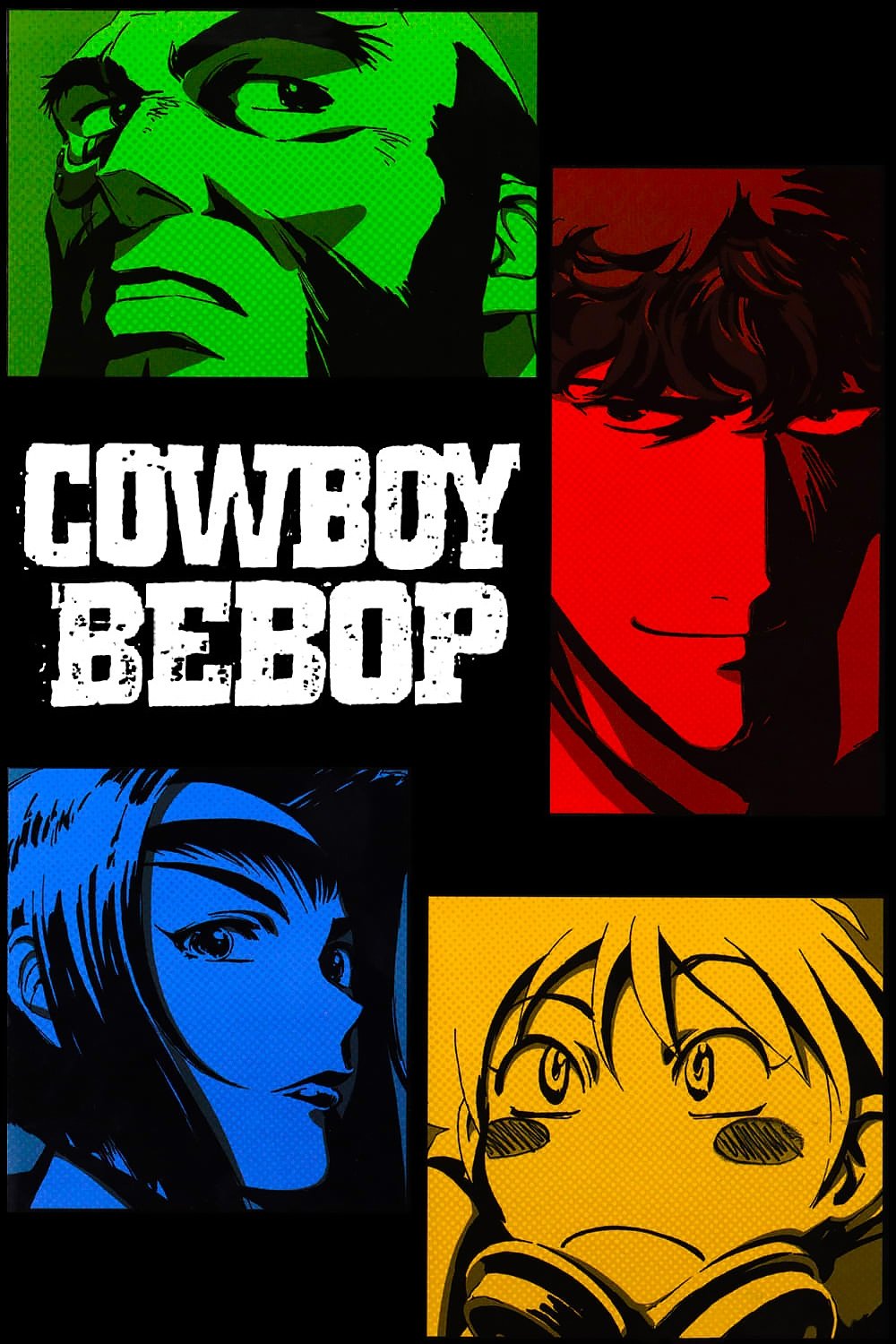
This show was innovative in its mix of jazz music, film noir style, and space western themes, attracting a mature audience. Airing late at night, it helped make subtitled and dubbed anime more common on regular television. The show’s music and editing techniques – particularly its use of songs and fast-paced cuts – were closely studied by other artists. It also demonstrated that individual episodes could be successful even when shown outside of the original broadcast schedule.
‘One Piece’ (1999–present)
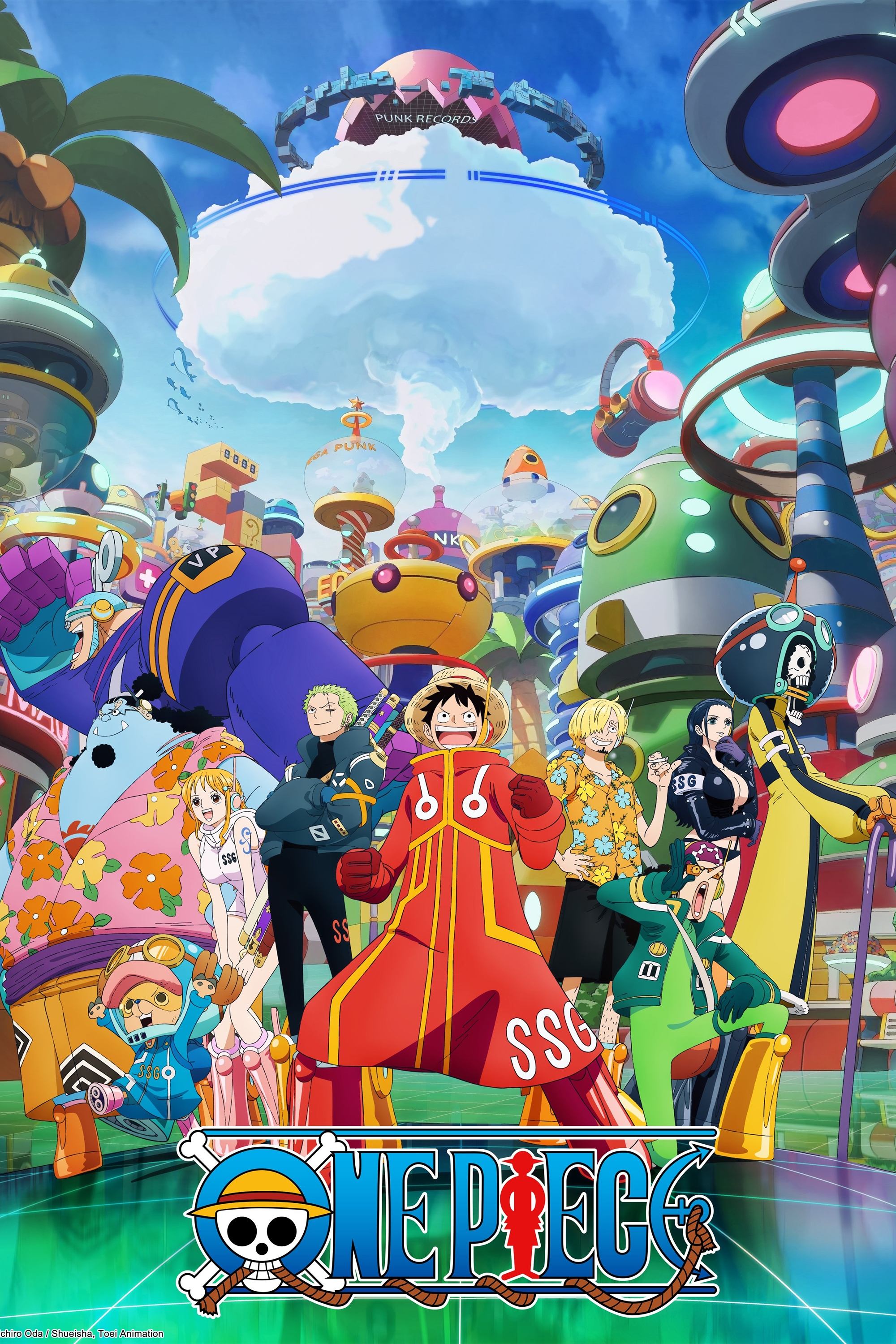
A sprawling, detailed story with a richly developed world proved that ongoing narratives spanning many years can captivate a worldwide audience. Publishers capitalized on this popularity by releasing new chapters digitally at the same time globally, making it easier for international fans to follow along. The story also inspired immersive experiences like theme park attractions and exhibitions, and its anime adaptation boosted the popularity of cosplay at fan conventions around the world.
‘Yu-Gi-Oh! Duel Monsters’ (2000–2004)

The show successfully connected traditional television with a popular trading card game, which was a hit in schools and local stores. The organized tournament system it created is still used by retailers today. Learning the game’s rules and building custom card decks helped young viewers develop strategic thinking skills. This approach of linking the show to product releases set a precedent for how many multimedia franchises coordinate their TV seasons with new merchandise.
‘Spirited Away’ (2001)
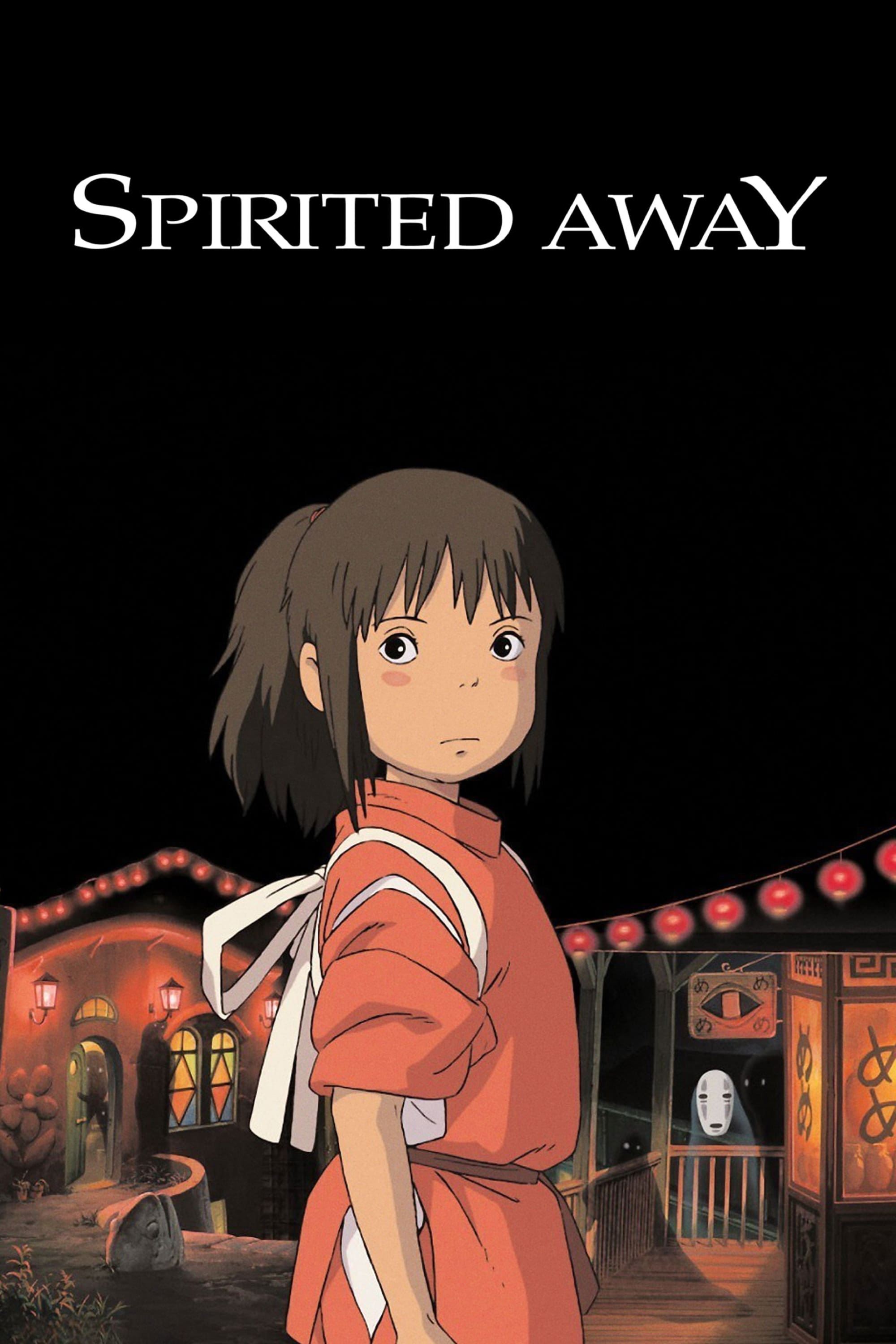
The film received the Academy Award for Best Animated Feature, which helped pave the way for greater awards recognition for anime. It also introduced many families to the experience of watching films with subtitles, appealing to viewers of all ages. The movie’s beautiful imagery and unique bathhouse designs even boosted tourism to featured locations. Ultimately, its success led to wider international distribution of other films from Studio Ghibli in theaters.
‘Naruto’ (2002–2007)
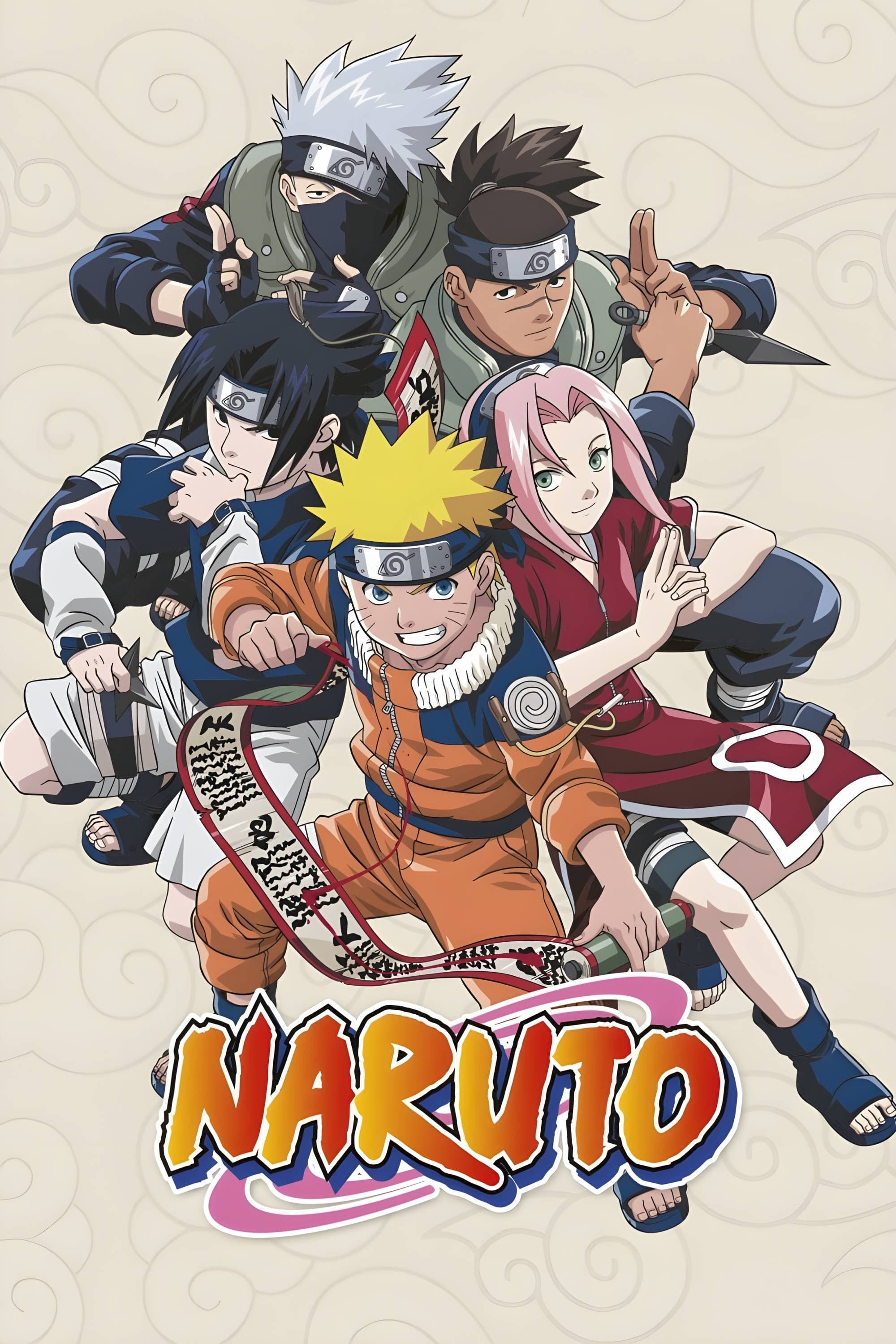
The show successfully connected weekly television viewing with thriving online fan communities where people shared discussions and artwork. Its themes of ninja training and teamwork inspired the creation of school clubs and fitness programs. Publishers also used this approach by creating official websites to support readers and reduce illegal online copies. The sequel continued this strategy, helping streaming services build extensive and lasting content libraries.
‘Death Note’ (2006–2007)
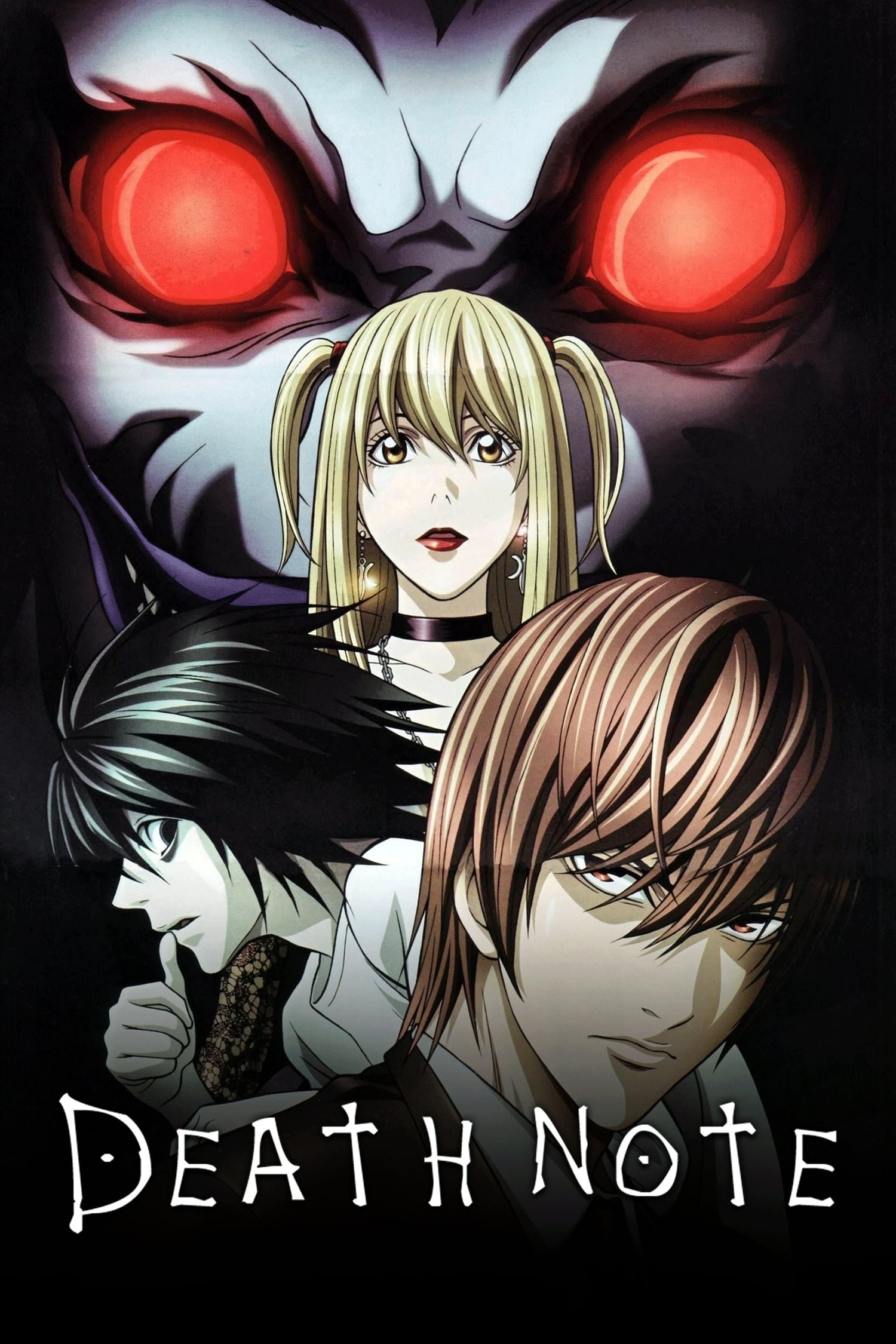
I was completely hooked by this thriller! It proved you don’t need constant explosions to make a gripping cat-and-mouse story work for everyone. What really impressed me was how well it translated across different countries with live-action versions. It even sparked some great discussions – I know a lot of people started looking into criminology and ethics because of it, and teachers were using it for classroom debates. Plus, its short run was a smart move for the streaming platforms, letting them experiment with shorter series. It was just brilliantly done.
‘Attack on Titan’ (2013–2023)

The show revolutionized how entertainment is released worldwide, with premieres happening at the same time in different countries. It sparked huge online conversations, especially after exciting cliffhangers, making weekly anime discussions a common occurrence. The show also gave a boost to tourism and local businesses through visits to real-life locations and themed attractions. Furthermore, its production set a new benchmark for high-quality digital animation.
‘Your Name.’ (2016)

The movie was a huge commercial success around the world, helping to popularize animated romance films. It even inspired fans to visit the real-life locations featured in the story, like towns and train stations. The film’s soundtrack was also a hit internationally, demonstrating the effectiveness of using music to promote movies. Ultimately, its success led cinemas to show more anime films as special events.
‘Demon Slayer: Kimetsu no Yaiba’ (2019–present)
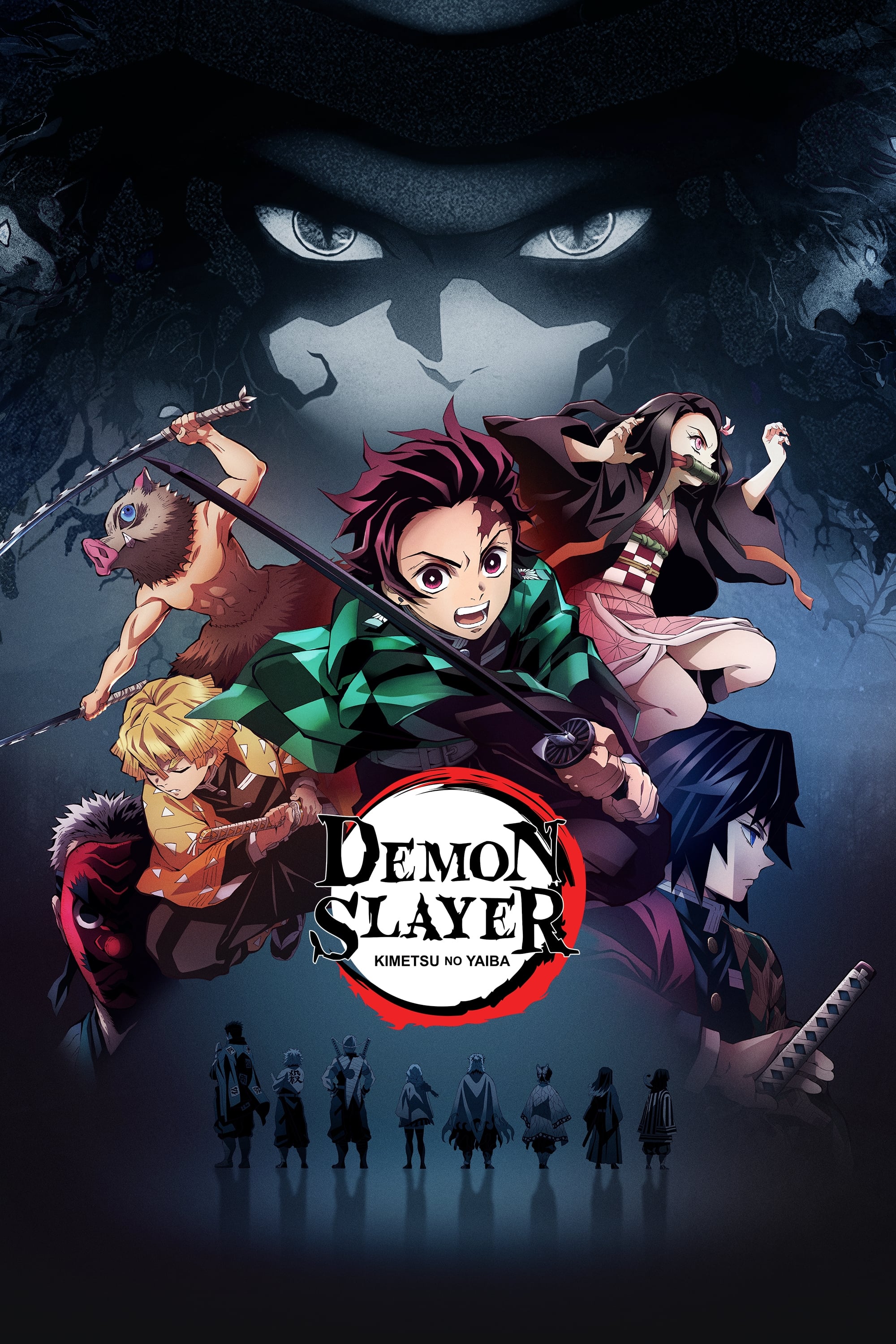
The series featured impressive water and fire effects, using cutting-edge techniques to blend 3D camera work into 2D animation. The resulting movie broke box office records for anime in many countries. Stores reported a big jump in manga sales after each story arc aired, and the franchise proved how popular streaming can quickly lead to strong movie ticket sales.
‘Slam Dunk’ (1993–1996)
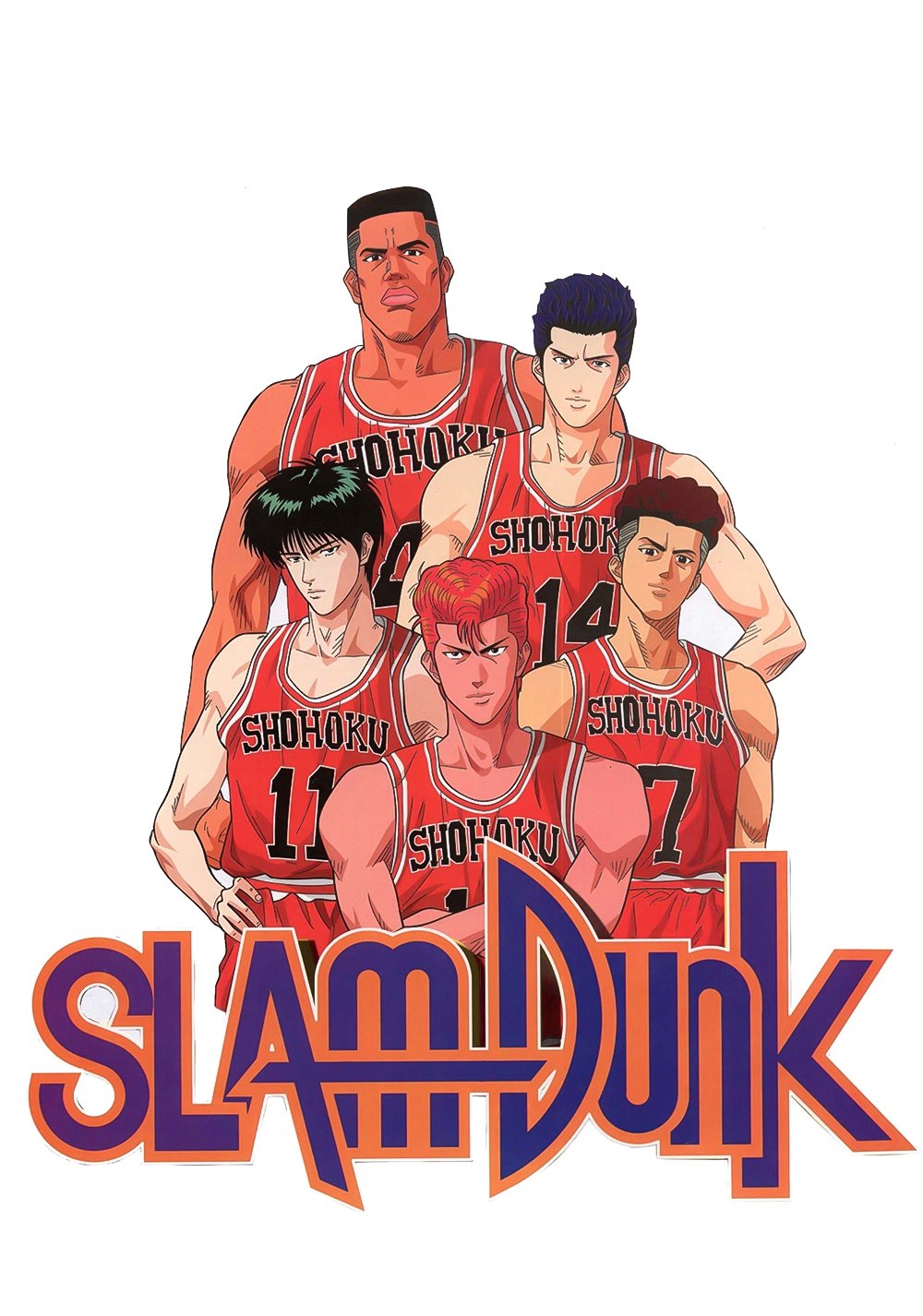
The popular sports series significantly increased basketball’s fanbase throughout East Asia and helped schools build their teams. Companies selling athletic gear teamed up with media outlets to offer training clinics for young players connected to the show. The series also made the game more accessible by teaching new fans the rules and encouraging them to think strategically about the game. Recently, new movies based on the series have brought the story to a new audience and boosted sales of related products.
Tell us about the anime that have had a big impact on you in the comments, and help us create an even better list!
Read More
- Robert Kirkman Launching Transformers, G.I. Joe Animated Universe With Adult ‘Energon’ Series
- Avantor’s Chairman Buys $1M Stake: A Dividend Hunter’s Dilemma?
- NextEra Energy: Powering Portfolios, Defying Odds
- AI Stock Insights: A Cautionary Tale of Investment in Uncertain Times
- Hedge Fund Magnate Bets on Future Giants While Insuring Against Semiconductor Woes
- EUR TRY PREDICTION
- Ex-Employee Mines Crypto Like a Digital Leprechaun! 😂💻💸
- UnitedHealth’s Fall: A Seasoned Investor’s Lament
- The Illusion of Zoom’s Ascent
- Oklo’s Stock Surge: A Skeptic’s Guide to Nuclear Hype
2025-11-10 09:16